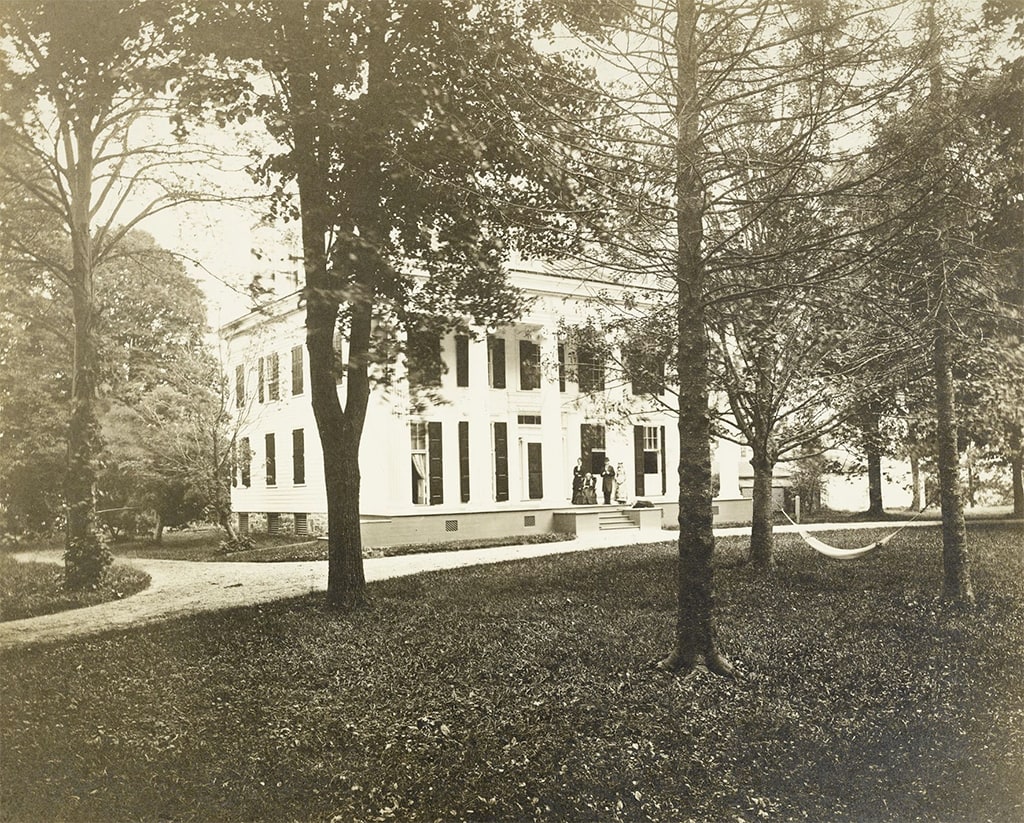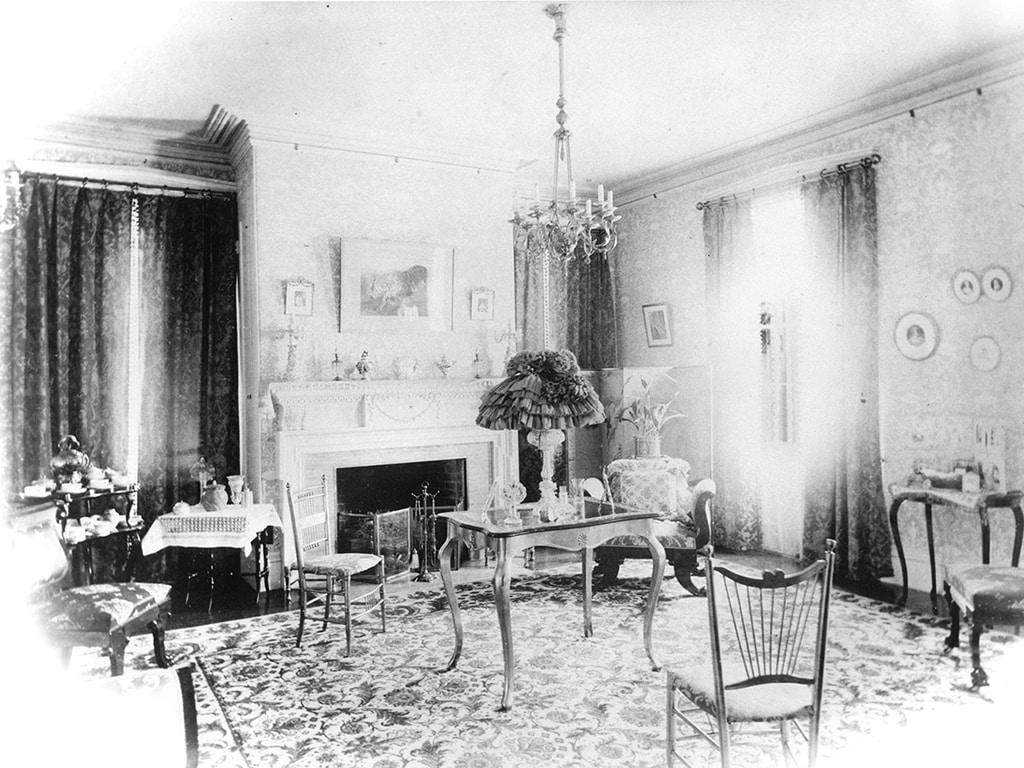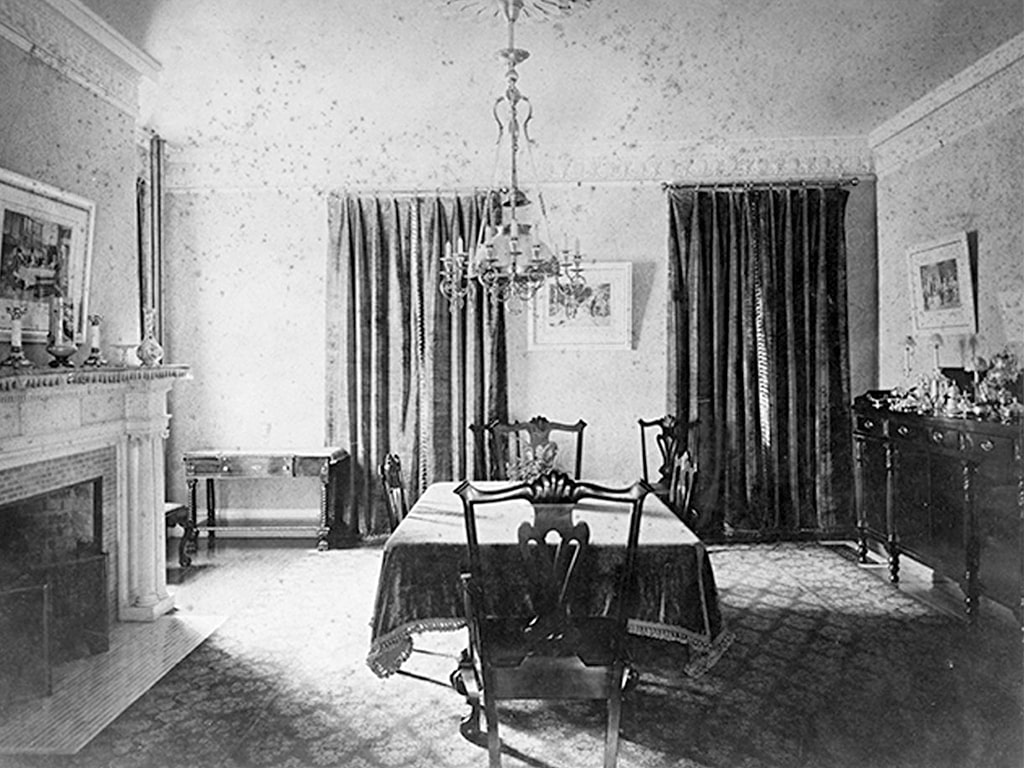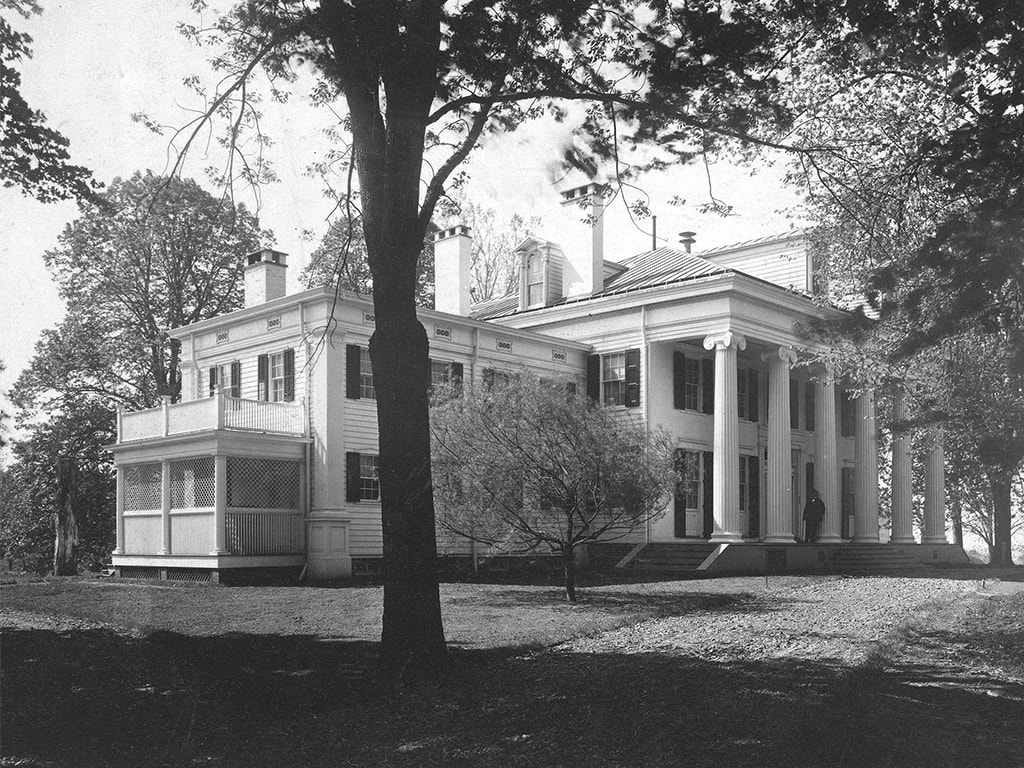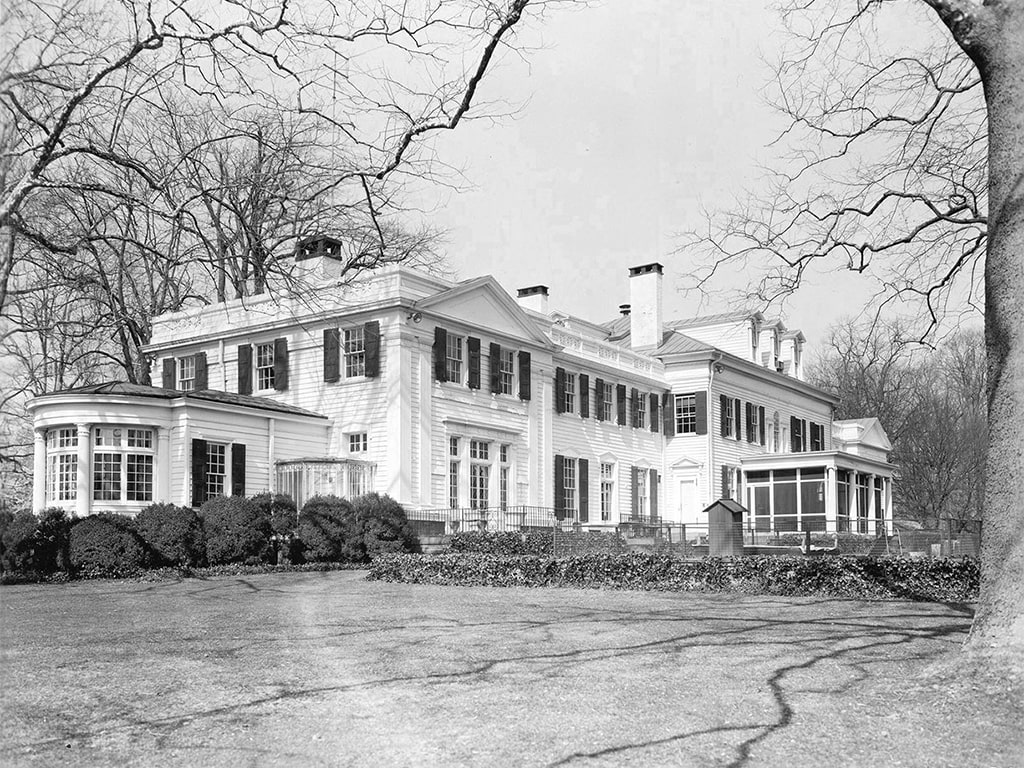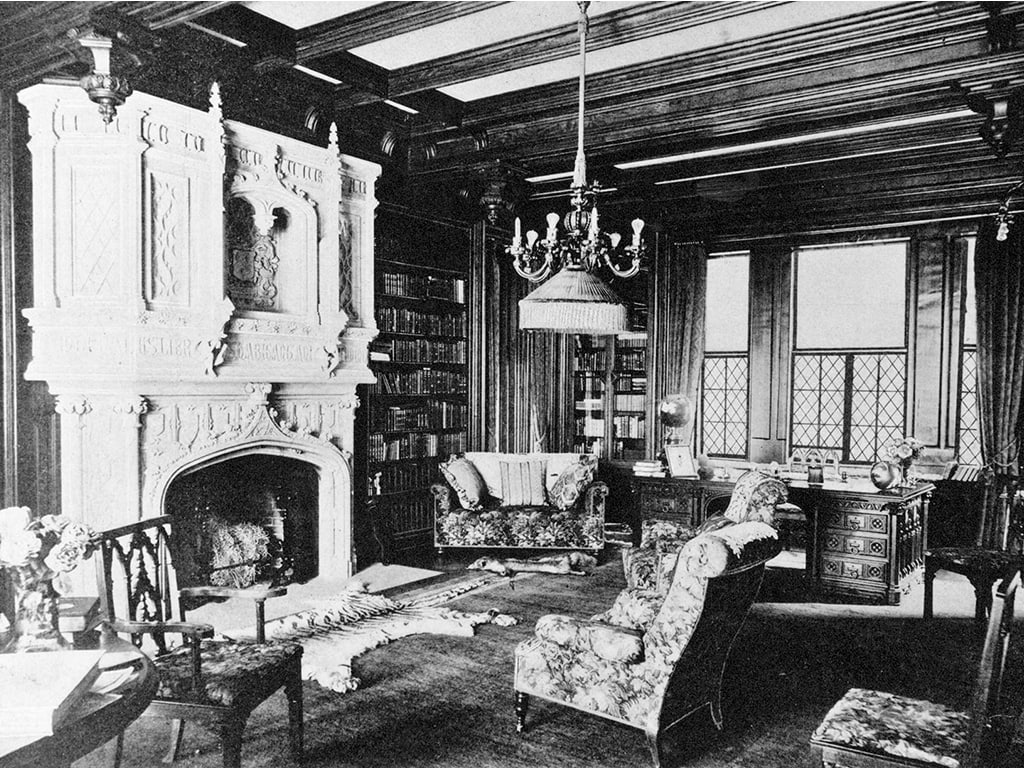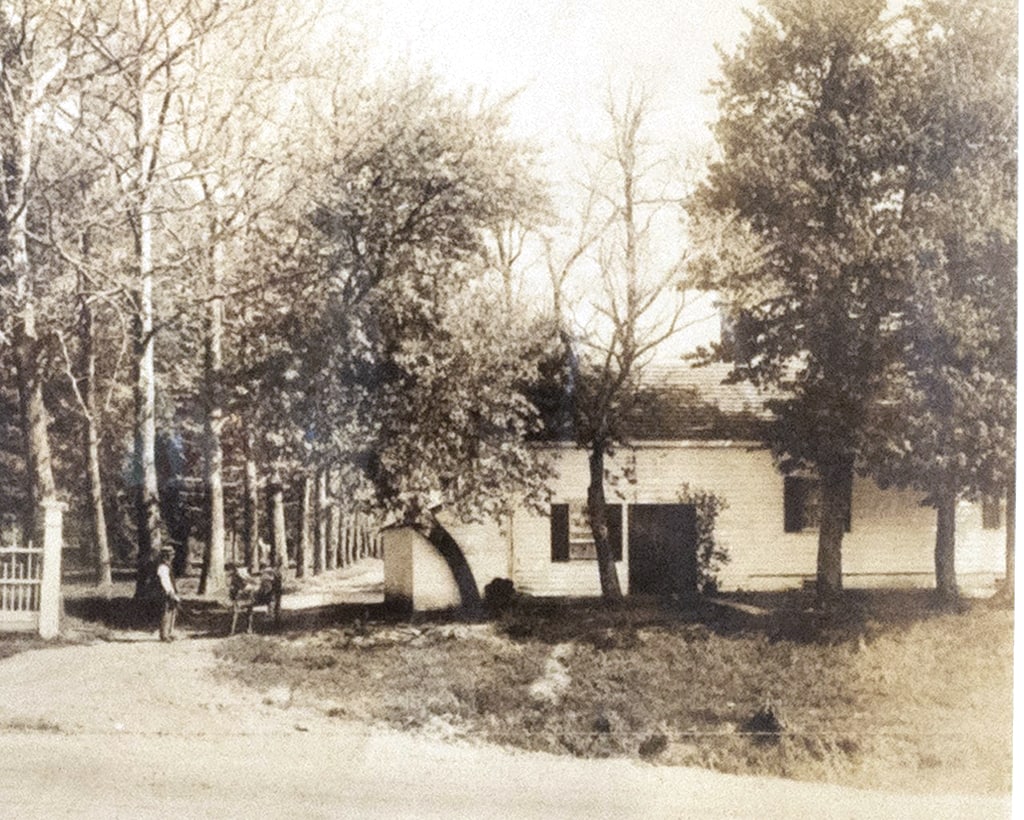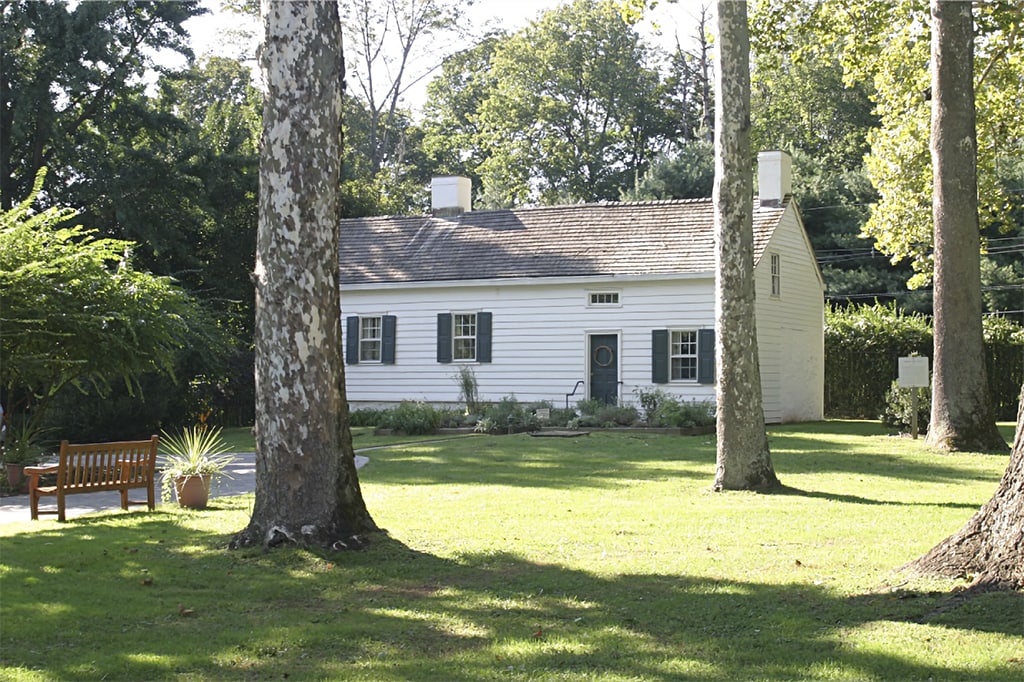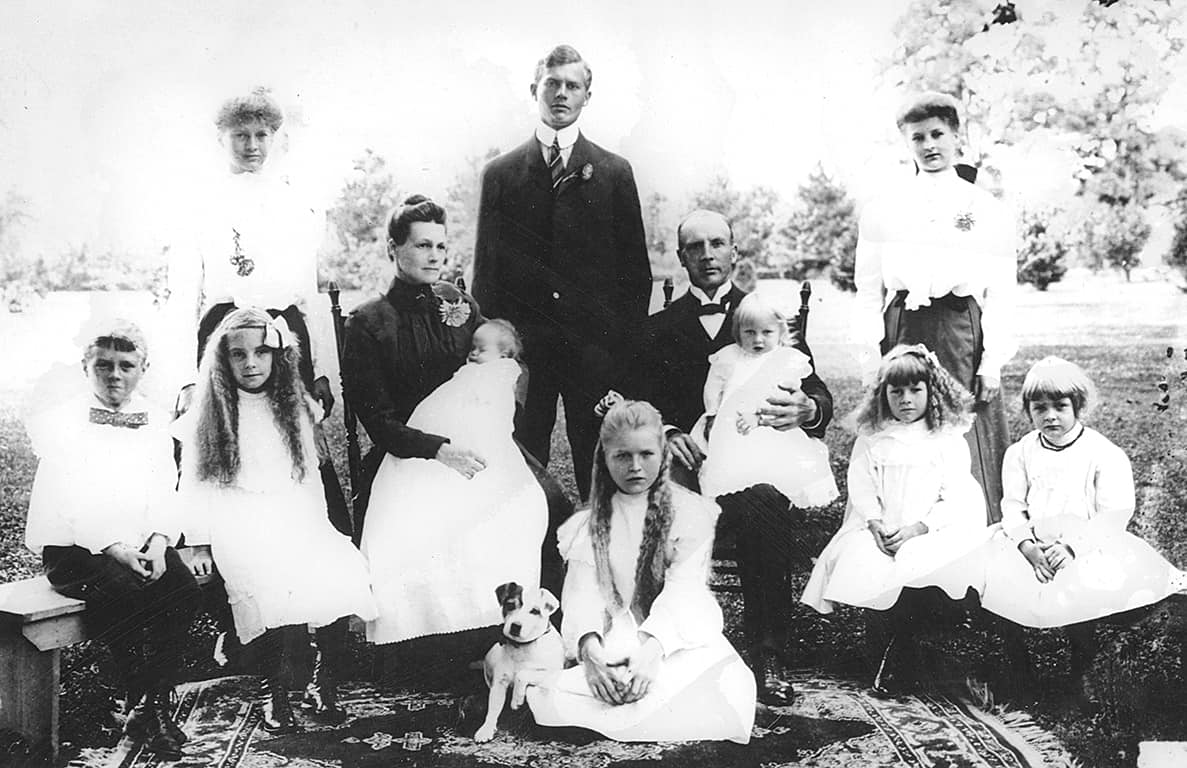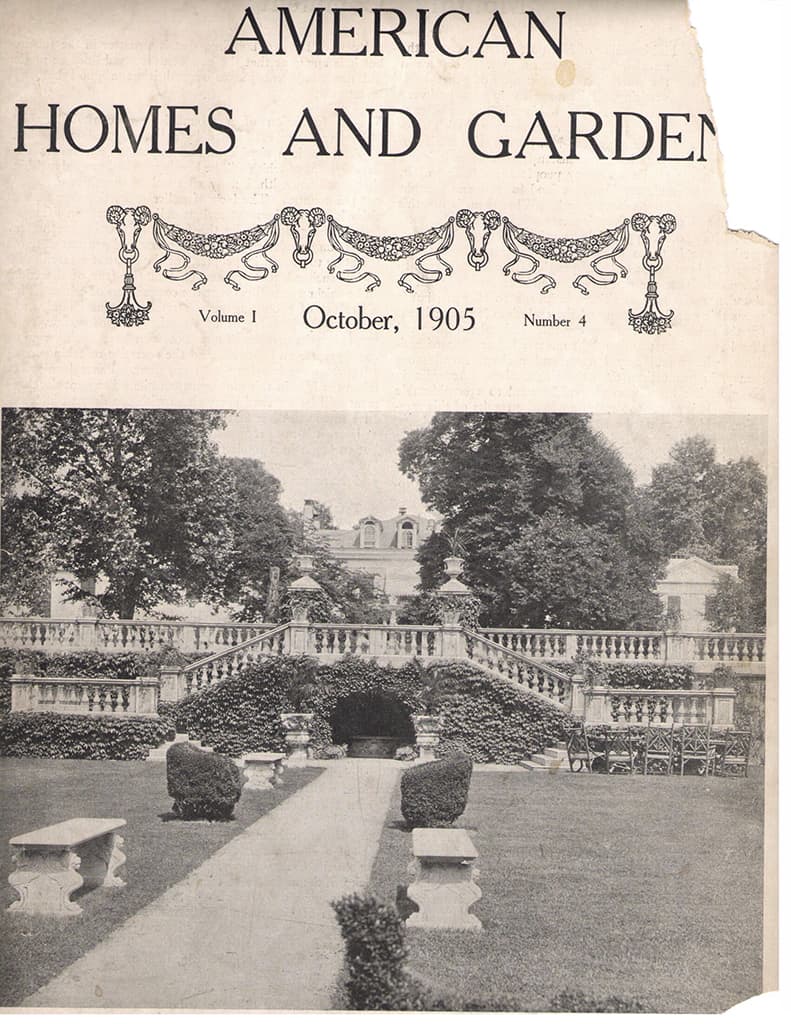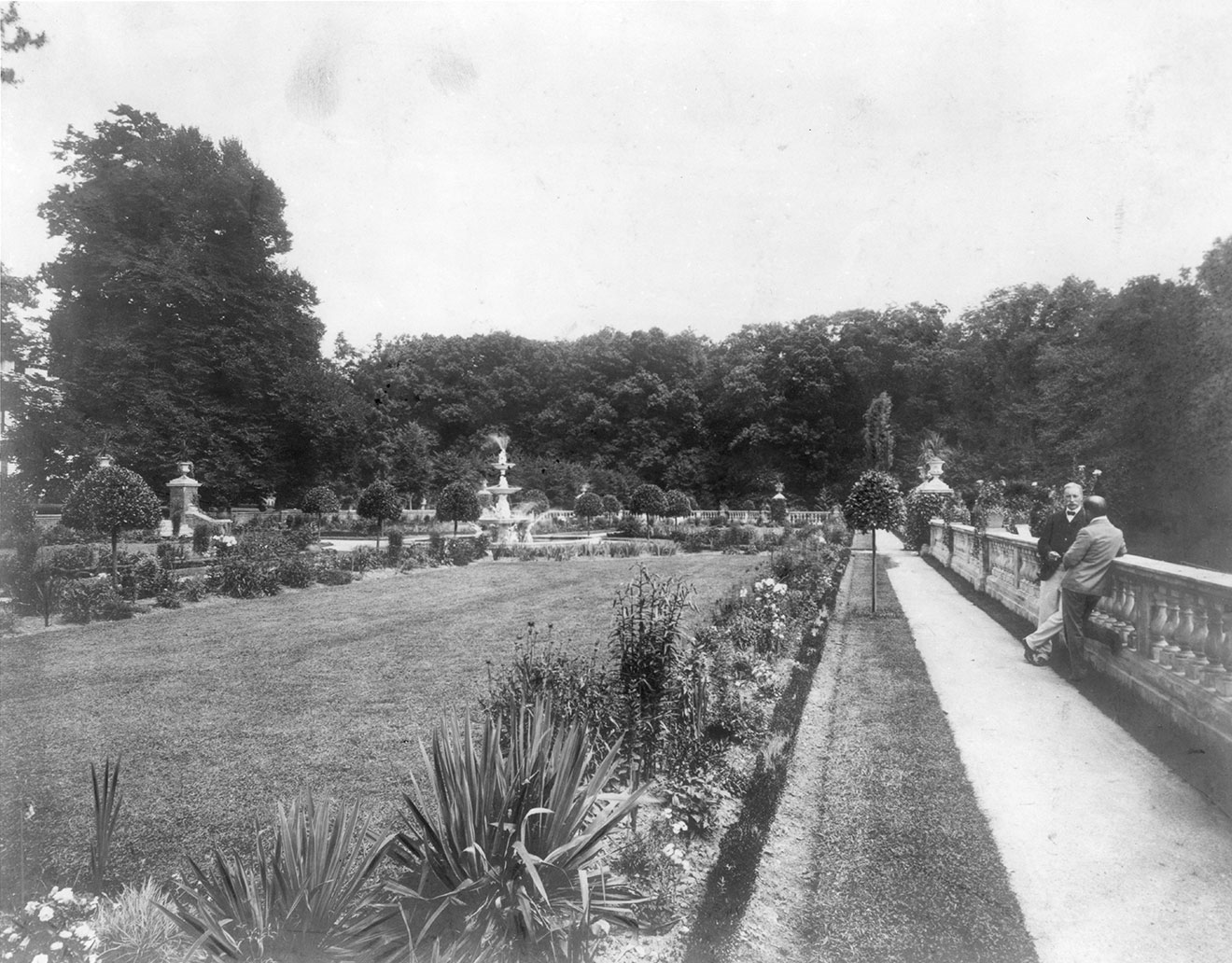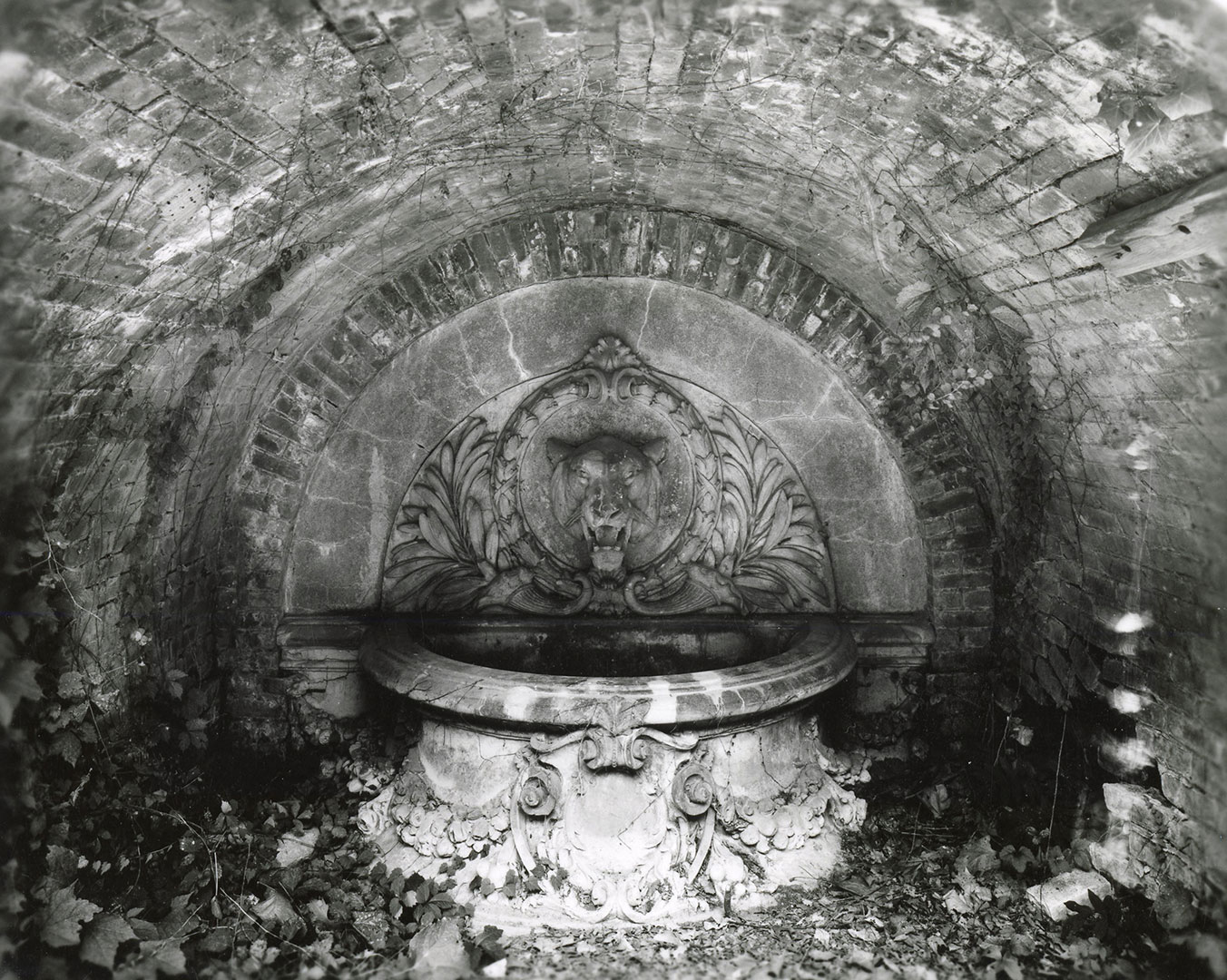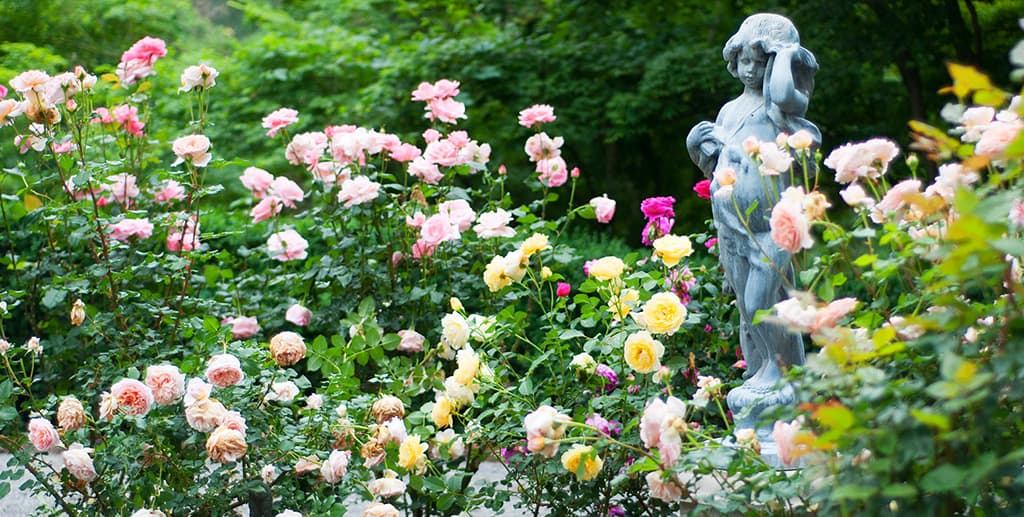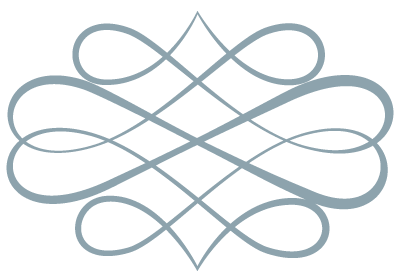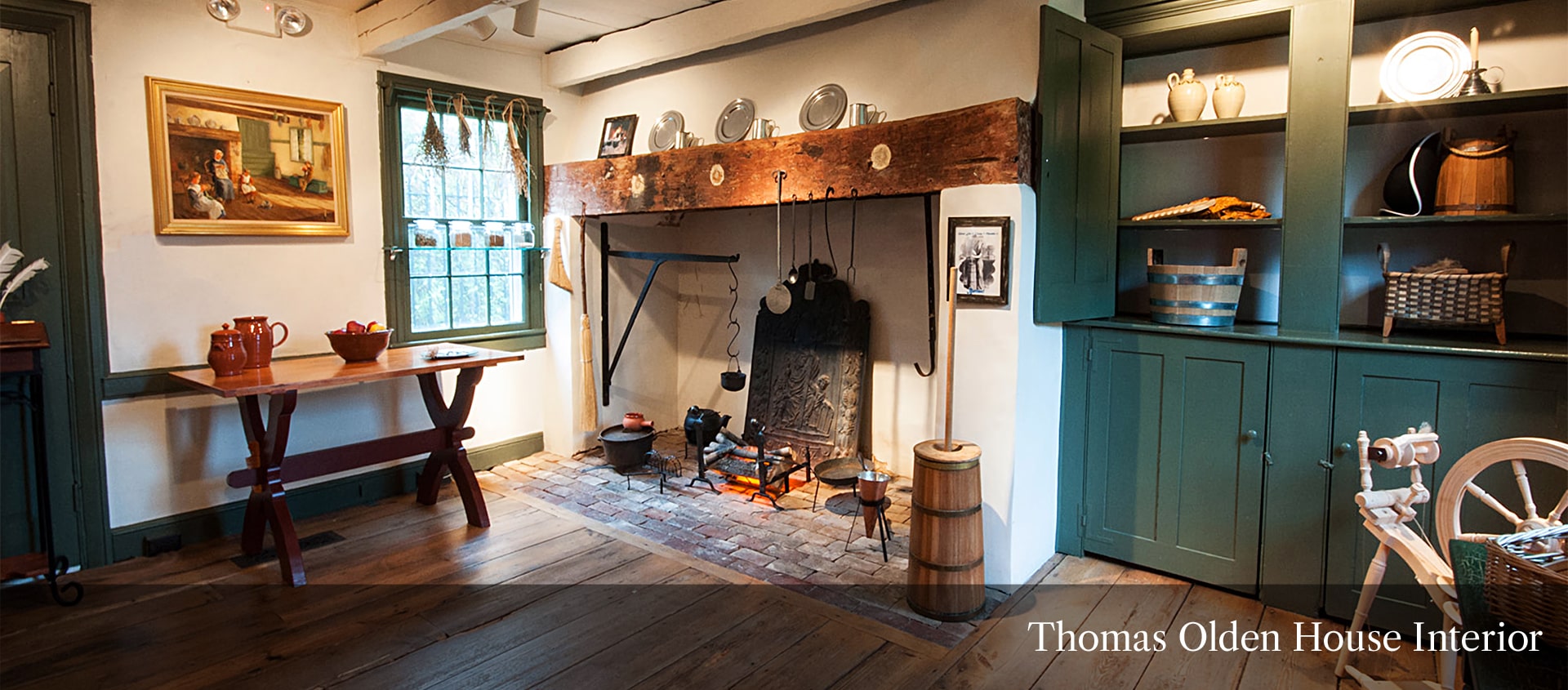
Full History of Drumthwacket
Click images to see them larger
Tap images to see them larger
Sited on the land that witnessed the 1777 Princeton battle for American independence, Drumthwacket is the stately home that is today the official residence of the Governor of New Jersey. Drumthwacket is one of the most fabled and elegant of America’s executive residences, and in its history lie the stories for three unique families that made immense contributions to New Jersey’s and America’s history.
The property upon which Drumthwacket stands was once owned by William Penn, the Quaker who founded the colony of Pennsylvania. In 1696, William Olden acquired the property; in 1799 Charles Smith Olden was born in the little white homestead by Stockton Street, called the Thomas Olden House that had been built forty years earlier.
Charles Smith Olden, who gained his wealth in business ventures in New Orleans and an inheritance from an uncle, began construction of Drumthwacket in 1835, possibly using a design by architect Charles Steadman.
For its name, Drumthwacket was the estate of a hero in one of Sir Walter Scott’s popular historical novels, A Legend (of the Wars) of Montrose, published in 1819. It is believed that Governor Olden gave his new house this Scots-Gaelic name (which means “wooded hill”) upon reading the book. The original structure consisted of the center hall with two rooms on each side in addition to the large portico with detailed Ionic columns.
As a gentleman farmer and businessman, Olden was active in community and political affairs. He was Treasurer and Trustee of the College of New Jersey (now Princeton University) from 1844-1850. He served as a state senator, and was elected governor in 1860, becoming the first governor to live at Drumthwacket. He was an ardent opponent of the secession and supported throughout the Civil War the leadership provided by Abraham Lincoln.
Industrialist and banker Moses Taylor Pyne purchased Drumthwacket from Olden’s widow in 1893 for the sum of $15,000, beginning its enlargement and transformation into an estate that surpassed anything previously built in Princeton. His immense wealth enabled him to add both wings to the house in 1893 and 1900, which were designed by Raleigh C. Gildersleeve, including the magnificent paneled library.
He added hundreds of acres to include park-like landscaping, greenhouses, bridle paths, a dairy farm and formal Italianate gardens. He also installed at Drumthwacket the first telephone in Princeton. A Princeton University graduate, Pyne was a Trustee from 1884 until his death in 1921. An extremely generous benefactor, he influenced the affairs of the University and was instrumental in bringing Woodrow Wilson to Princeton as president and after a disagreement, having him removed. When he died, classes at the university were suspended for the day.
In 1941, Abram Nathanial Spanel purchased the house and twelve surrounding acres from Pyne’s only grandchild, Agnes. A Russian immigrant, Spanel was an ingenious scientist who founded the International Latex Corporation (which would later become the International Playtex Corporation). His latex products such as inflatable rescue rafts were critical to the successes of the war effort. In 1962, his company won a contract to develop the Apollo spacesuit. His engineering staff lived at Drumthwacket and many of his patented inventions (at the time of his death, Spanel held 2,000 patents including a pneumatic stretcher designed to carry wounded military personnel in the water to a home hair-cutting device) were conceived in what is today the Music Room.
The History of the Thomas Olden House
In 1696, William Olden purchased 330 acres from his brother-in-law Benjamin Clarke, a yeoman (farmer). Although William Olden owned the land for 23 years, his will indicated that he did not reside on the property but rather in Piscataway on the Raritan River. In 1719, he bequeathed the property to his son John Olden who in turn willed the land upon his death in 1757, to his five sons, one of whom was Thomas.
In 1759, Thomas Olden sold his tract of 20 acres to John Hill who built the Olden House between 1759 and 1765.
John Hill in turn sold the property and farmstead to George Scott who in turn sold the property back to Thomas Olden in 1772.
In 1799, Thomas Olden’s grandson Charles Smith Olden was born on the farmstead.
After making his fortune in New Orleans, Charles Smith Olden returned to Princeton and began construction of Drumthwacket in 1835.
In his will of 1873, Governor Olden left all of his lands that included 48.20 acres valued at $167,000.00 along with the small white house now known as the Thomas Olden House, and Drumthwacket to his wife Phebe Ann.
When the Drumthwacket estate was purchased by Moses Taylor Pyne in 1893, the Olden house was briefly used as the home for Henry Egglesfield, butler to Mr. Pyne, and his wife and 11 children. When a new home was built to accommodate Mr. Egglesfield’s growing family, the Olden House was transformed by Mr. Pyne into a rare bird aviary, later adding monkeys.
Eleanor and the Monkeys
My name is Eleanor. My grandfather was Moses Taylor Pyne’s butler. The Pynes lived in the big house called Drumthwacket. My grandfather’s name was Henry Egglesfield. His family lived on the same property in the little farmhouse called Olden House.
My favorite animals on the Drumthwacket estate were the monkeys. After our Egglesfield family outgrew Olden House, Mr. Pyne had turned it into a monkey house and an aviary with monkeys and birds in cages. I loved to visit the monkeys!
I would always bring a small mirror with me when I came to see the monkeys. I would pass it through the bars of the cage and let the monkeys take it. They would look at themselves, making funny faces in the mirror. Then they would feel behind the mirror with their hands, thinking another monkey was on the other side of the glass. They were so funny!
One day, I came to see the monkeys with a piece of chewing gum in my mouth. Just for fun, to see what would happen, I handed it to one of the monkeys. He put is in his mouth and pulled it out in one long string — just as the animal keeper, Rupert, walked in the door! I knew he should be angry with me, but he wasn’t. He was a very nice man and spoke to me kindly, asking me not to give gum to the monkey again. I promised with all my heart, and he gave me a banana and let me feed the monkey REAL monkey food!
I visited the monkeys many times after that day. I still let them look at themselves in the mirror, but I kept my chewing gum in my mouth and let them have the bananas!
This story is based on the recollections of Eleanor Olden, as written in a letter to The Drumthwacket Foundation in September of 1998.
The History of Drumthwacket’s Italianate Gardens
The back door from the central part of the residence opens to a view south across the four main spaces of Drumthwacket’s garden, with the woods as backdrop.
The upper paved terrace drops to the main parterre which was, and is, a turfed rectangle with semi-circles at the short ends. In the center was an Italian fountain, now gone. The central path splits into a twin stairway descending to the next level, eight feet down.


